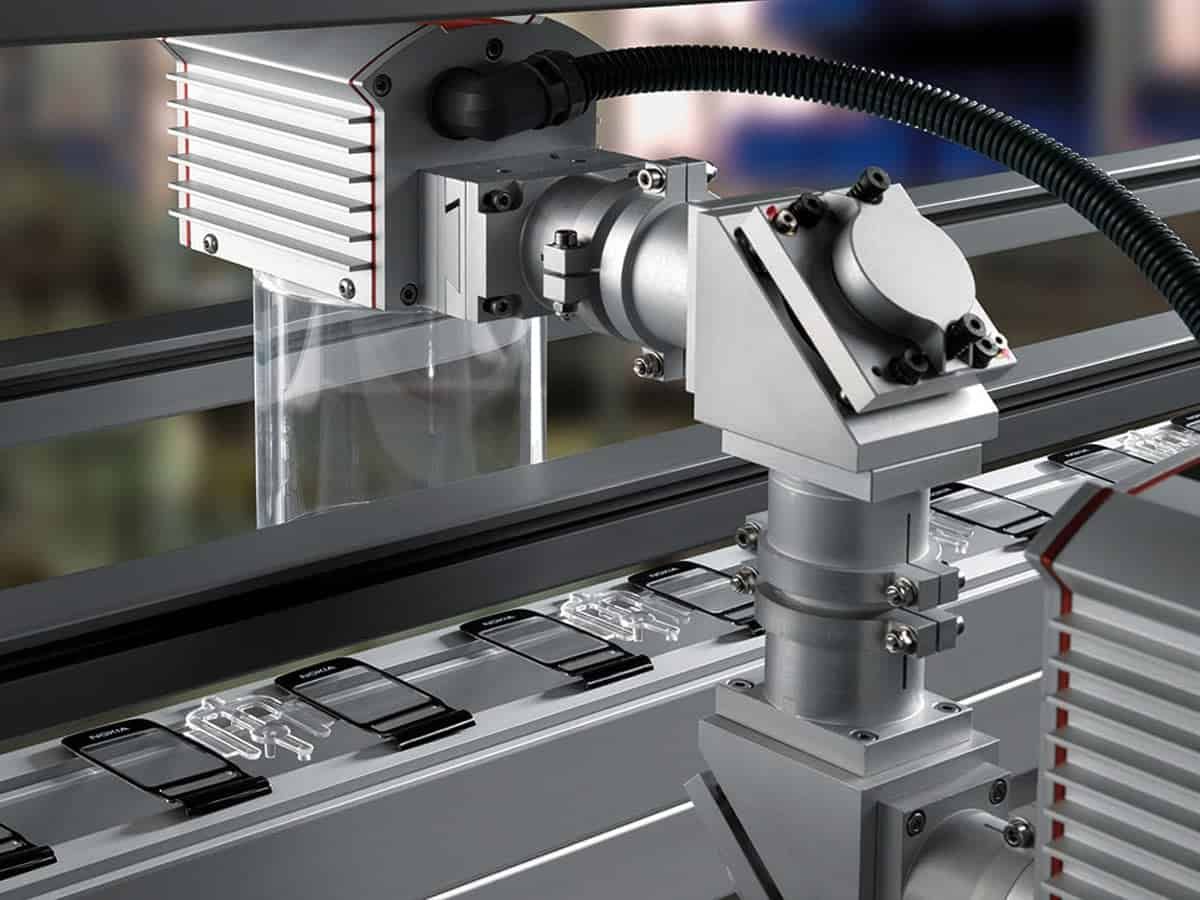
Over the past decade, we’ve seen a significant improvement to laser engraving and marking technologies. In fact, the laser engraver has become a mainstay in numerous assembly lines across the globe. In this article, I want to delve into some of the reasons why the manufacturing industry has embraced the laser. So, let’s begin:
Driven by regulation
The rise of laser technology in different manufacturing industries is in large part the result of stricter regulatory requirements.
For example, in the medical industry, the FDA introduced a traceability system for medical devices called ‘unique device identification’ (UDI). The UDI program requires medical devices to have a unique identifier code that can be read by humans and machines alike. The information for each identification code is stored on the FDA’s database (GUDID) for traceability purposes.
Similarly, other industries are starting to see the benefits of traceability. ‘Direct Part Marking’ or DPM, refers to a process used by companies to permanently mark parts and components during each stage of production. Laser engravers mark parts and components with text or machine-readable codes, such as part numbers, serial numbers or date codes. As a result, manufacturers are comfortable knowing that each stage of the assembly process is recorded.
Affordability
The reduced cost of buying a laser machine over the past few years is also a contributing factor to the surge in the technology.
In fact, the price of laser systems has dropped to a point where small manufacturers can make use of the technology. For this reason, the benefits of laser and traceability are not something that’s restricted to the large players anymore.
In that time, the technology has also become increasingly efficient. This applies in particular to fiber laser technology. In contrast to other laser technologies, such as YAG and CO2; fiber laser technology offers more reliability, higher beam quality, air-cooled solution and up to 100,000-hour operation lifespan.
Simplicity
Long gone are the days when you needed to be a qualified engineer to be able to operate a laser machine. These days most laser machines offer an out-of-the-box solution. There is very little training needed to get started.
The laser software is also considerably better. From simple one-off text engraving to complex production line serialisation marking, you can create the project in a handful of clicks.
The software has also improved at working with other file formats, such as vector, Bitmap, DXF, JPEG and more. So, if you want to engrave your company’s logo onto your products, simply drag the vector or JPEG file into the canvas, and you’re good to go!
Superior technology
Another reason why more and more companies are switching to laser systems is that it offers more benefits in comparison to ink-based technologies, such as screen or continuous inkjet printing.
Firstly, the laser mark is robust. If a part or component is exposed to intense heat, for example, the laser mark will fare better than the ink-based alternative. That’s why lasers are heavily used in the automotive industry as car parts get hot while driving.
Secondly, lasers have done a fantastic job to reduce counterfeiting. Simply, laser marks are harder to copy or rub off. The manufacturing industry loses billions in sales each year as a result of counterfeiting. In recent years, the industry has come a long way in stopping counterfeited products being sold, thanks to harder to copy laser marks and improved traceability systems.
Lastly, the technology is eco-friendlier. The problems with ink-based solutions are that it uses harmful chemicals, and manufacturing companies need to responsibly dispose of the ink. Paying a company to dispose of the ink adds to the overall production cost. And in turn, the final product is also more expensive.
Lasers, on the other hand, offer a non-contact form of marking that doesn’t rely on harmful substances that pollute the environment. Not to mention the health benefits at the workplace. Imagine breathing volatile ink-based chemicals every day and the potential health effects it may have on your life.
Summary
It is safe to say that laser technology is here to stay. The impact that the technology has had on the manufacturing industry is astounding. Also, there is no doubt that this is not the last of it. As laser technology matures and drops in price, we can only imagine that a more substantial number of smaller businesses, or even home users, will have access to it. There are also exciting developments in the pipeline, such as 3D laser machines; supermarkets using lasers to label fresh food; and using lasers in textile production. Stay tuned…
Learn more about laser marking at needham-coding.com